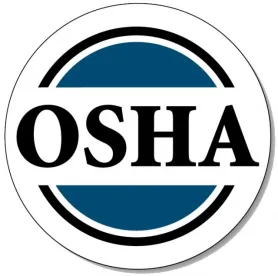On January 28, 2016, OSHA issued a revised Whistleblower Investigations Manual (“Manual”) outlining procedures for the handling of retaliation complaints under the various whistleblower statutes that OSHA oversees. Chapter 3 of the Manual, titled “Conduct of the Investigation,” states that the burden of proof to be applied by investigators is “whether there is a reasonable cause to believe that a violation occurred.” Notably, the revision to the Manual is consistent with OSHA’s May 2015 Guidance Memorandum that first sought to clarify the standard applicable to whistleblower investigations.
As a result of this language, the question is no longer simply whether the whistleblower can “establish the elements of a prima facie allegation” (as set forth in the April 2015 OSHA Whistleblower Investigations Manual), but rather whether, after weighing all the evidence, a reasonable judge could rule in the whistleblower’s favor. Although this standard mandates evidence in support of each element of a violation, it does not generally require as much evidence as would be required a trial. It reasonably may be argued that this standard is too lenient, though—shouldn’t a finding that “cause” exists be limited to situations where it is determined that a reasonable judge would rule in a whistleblower’s favor?
The Manual also includes a new chapter on “Information Disclosure,” which provides detailed instructions on how whistleblower-related documents may be publically disclosed or disclosed pursuant to OSHA’s Non-Public Disclosure policy, the Privacy Act, and the Freedom of Information Act.




 />i
/>i

